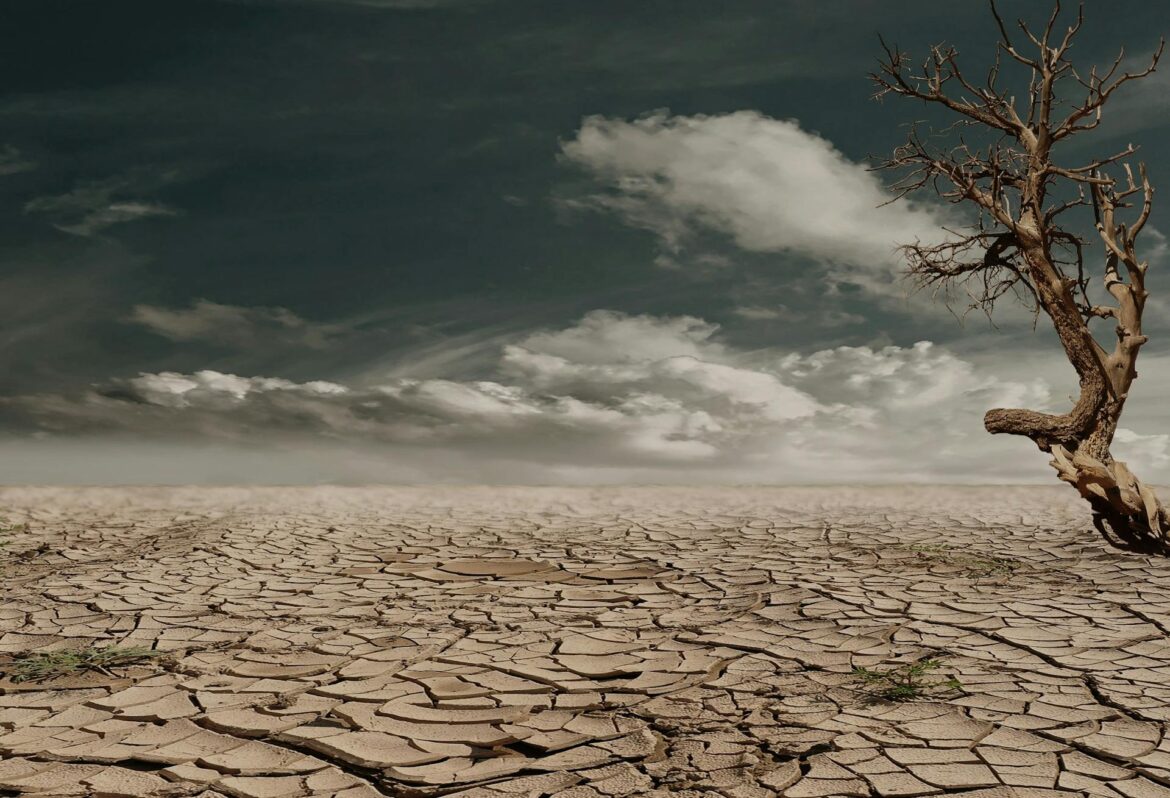Climate change is not just a distant threat looming on the horizon; it is already reshaping our world in profound ways. One of the most visible manifestations of climate change is the increasing frequency and intensity of extreme weather events. From devastating hurricanes and wildfires to record-breaking heatwaves and floods, extreme weather events are becoming more common, posing significant risks to communities, economies, and ecosystems worldwide. In this article, we will explore the connection between climate change and extreme weather events, shedding light on the science behind this phenomenon and its implications for the future.
- Understanding the Link:
The connection between climate change and extreme weather events lies in the fundamental principles of atmospheric physics and thermodynamics. As global temperatures rise due to the accumulation of greenhouse gases in the atmosphere, the Earth’s climate system becomes more energetic and unstable, leading to changes in weather patterns and the occurrence of extreme events.
One of the key mechanisms driving this link is the increased energy in the Earth’s atmosphere and oceans, which fuels the intensification of weather systems. Warmer air holds more moisture, leading to heavier rainfall and flooding in some regions, while higher sea surface temperatures can fuel the development of more powerful hurricanes and typhoons.
- Rising Temperatures and Heatwaves:
One of the most direct impacts of climate change is the rise in global temperatures, leading to more frequent and intense heatwaves. Heatwaves, which are prolonged periods of excessively hot weather, can have devastating consequences for human health, agriculture, and ecosystems.
Climate change exacerbates heatwaves by amplifying the greenhouse effect and increasing the likelihood of extreme heat events. Urban areas, in particular, are vulnerable to the urban heat island effect, where concrete and asphalt absorb and retain heat, leading to higher temperatures and heat-related illnesses.
- Intensification of Storms and Hurricanes:
Climate change is also linked to the intensification of storms and hurricanes, which can unleash catastrophic winds, storm surges, and rainfall. Warmer ocean waters provide more energy for tropical cyclones to form and strengthen, leading to more frequent and powerful storms.
In addition to the increased intensity of hurricanes, climate change can also influence storm tracks, leading to changes in the distribution and timing of storms. This can have significant implications for coastal communities, infrastructure, and economies, with impacts ranging from property damage to loss of life.
- Wildfires and Droughts:
Another consequence of climate change is the increased risk of wildfires and droughts in many parts of the world. Rising temperatures and changes in precipitation patterns can create conditions conducive to the ignition and spread of wildfires, particularly in regions prone to dry and windy conditions.
Droughts, which are prolonged periods of abnormally low rainfall, can have far-reaching impacts on water resources, agriculture, and ecosystems. Climate change can exacerbate drought conditions by altering precipitation patterns, increasing evaporation rates, and depleting soil moisture.
- Mitigating the Impacts:
While the connection between climate change and extreme weather events is clear, there is still much that can be done to mitigate the impacts and build resilience to climate-related risks. This includes reducing greenhouse gas emissions through measures such as transitioning to renewable energy sources, improving energy efficiency, and promoting sustainable land use practices.
Additionally, investing in climate adaptation and disaster risk reduction measures can help communities prepare for and respond to extreme weather events. This includes improving infrastructure resilience, enhancing early warning systems, and implementing nature-based solutions such as wetland restoration and floodplain management.
Conclusion:
The link between climate change and extreme weather events is undeniable, with rising temperatures and changing weather patterns leading to more frequent and severe storms, heatwaves, wildfires, and droughts. As the impacts of climate change continue to unfold, it is imperative that we take decisive action to reduce greenhouse gas emissions, adapt to changing conditions, and build a more resilient and sustainable future for all. By addressing the root causes of climate change and investing in climate resilience, we can help mitigate the worst impacts of extreme weather events and protect the planet for future generations.



